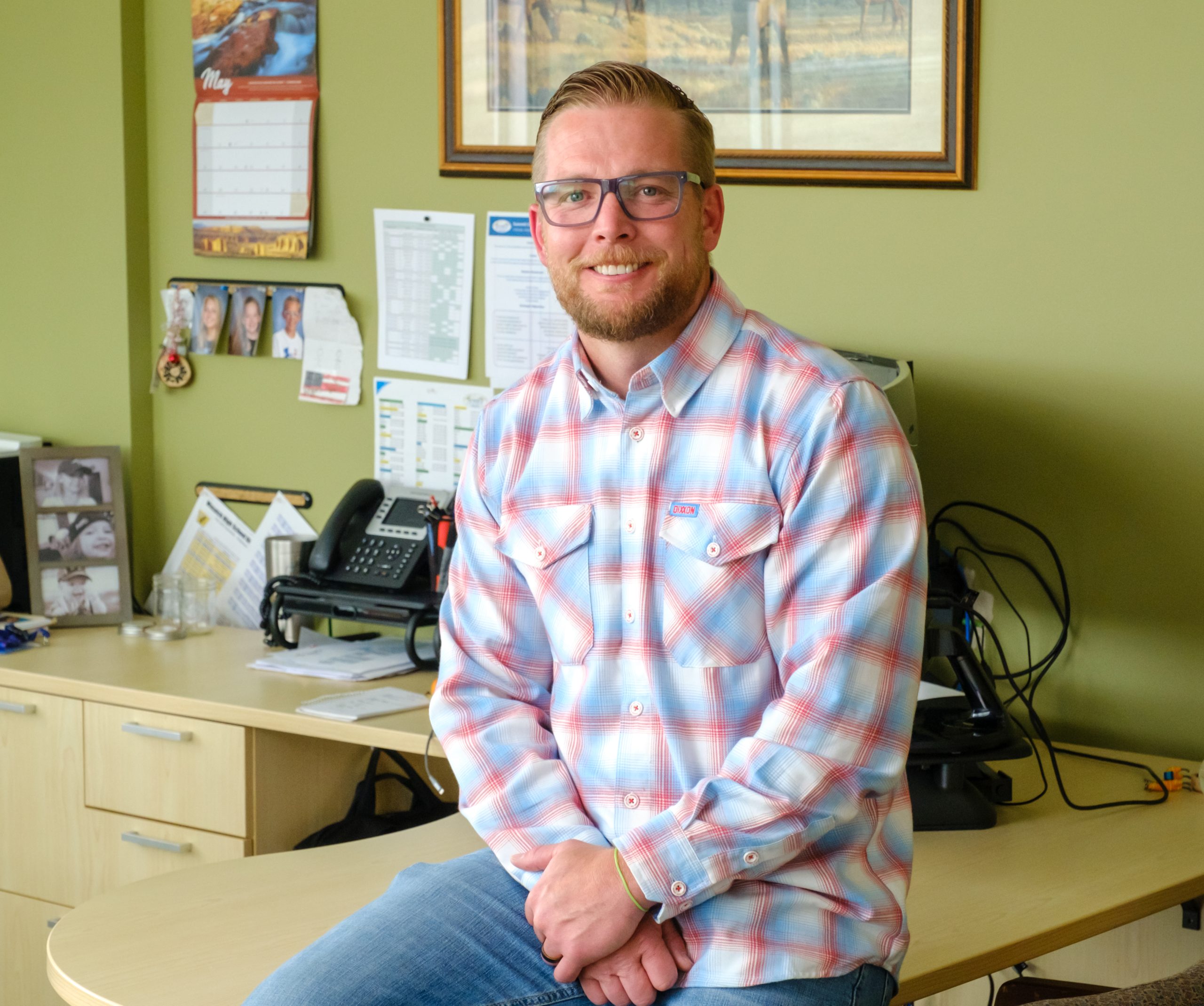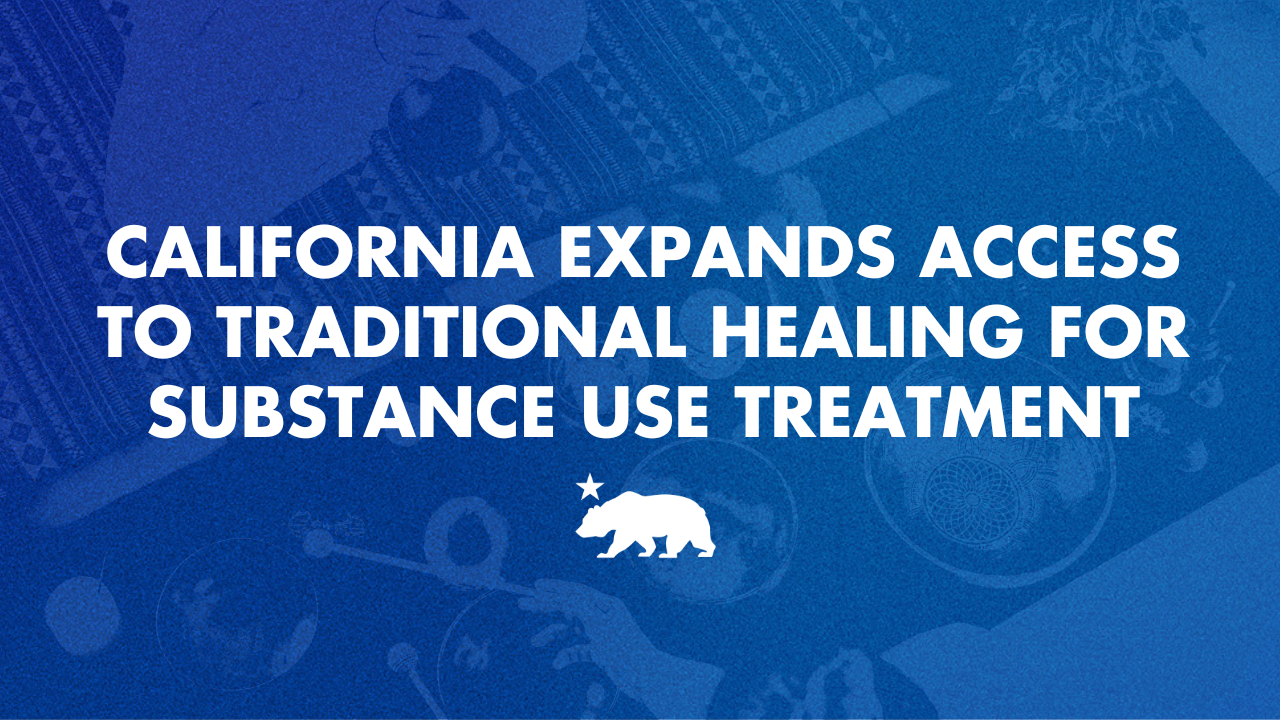
Park Record
Park City and Summit County News
Summit County Health Director Phil Bondurant will serve on the Utah Drinking Water Board for the next four years, after being confirmed to the position by the state Legislature last week.
“The Drinking Water Board adopts and enforces rules related to the drinking water systems, and it’s also the board that oversees the financial assistance piece to existing drinking water systems in the state if there’s a need for additional assistance for repairs or updates,” Bondurant explained. “It’s for those things that are required to make sure that the individual drinking water systems throughout the state are consistent and compliant with EPA standards, as well as state standards, for the delivery of clean, safe and abundant drinking water.”
The Drinking Water Board meets at least six times a year and has nine members from all over the state. It convenes in different locations across Utah each meeting in an effort to be more equitable, according to Bondurant.
“The board members reside all over the state from rural settings to big metropolitan areas,” he said. “The meetings tend to last between one to two hours with a lot of the homework and background reading being done prior to the arrival of the meeting.”
Other board members include engineers, mayors, water system operators and academics.
“There is an individual that owns a restaurant on the board, so someone that is affected by the regulatory aspect of this in terms of their business,” Bondurant added. “It’s really interesting to see the diverse group of professionals that represent this board and the interests of what the board regulates, but for me, what’s most interesting is it shows how important it is to deliver clean drinking water.”
State law requires one of the nine board members to be a public health professional. Jeff Coombs, the Tooele County health director, served on the board for two terms but decided to step down in 2025.
To prepare for Coombs’ departure, the Governor’s Office reached out to the Utah Association of Local Health Departments for a nomination, leading to Bondurant’s involvement.
“My fellow health officers across the state nominated me, which I was very honored to be considered in this capacity,” Bondurant said.
The nomination was then sent to the Governor’s Office, along with an application that Bondurant filled out. The governor decided to nominate Bondurant, a decision ratified by a Senate committee and then confirmed by the Senate last week.
Bondurant also expressed his gratitude for the Summit County Council and the Summit County Board of Health for supporting his appointment and recognizing the value of the Drinking Water Board. He said it’s an exciting opportunity to have someone from Summit County involved given the number of water systems in the area.
“Some of the regulations that exist in the health code are really progressive around clean, safe drinking water,” Bondurant said. “I’m looking forward to learning from the other professionals that are on this board across this state, hearing about some of the things that they might be encouraged by or might be dealing with. For me, it’s always just been about making sure that the environment that we interact with, whether it’s drinking water or air, is as safe as it could possibly be so that we can live a happy, healthy life.”
Park City Home
Winter 2024/25
The Park Record newspaper publishes twice weekly in Park City, Utah, and has been serving Summit County since 1880.










